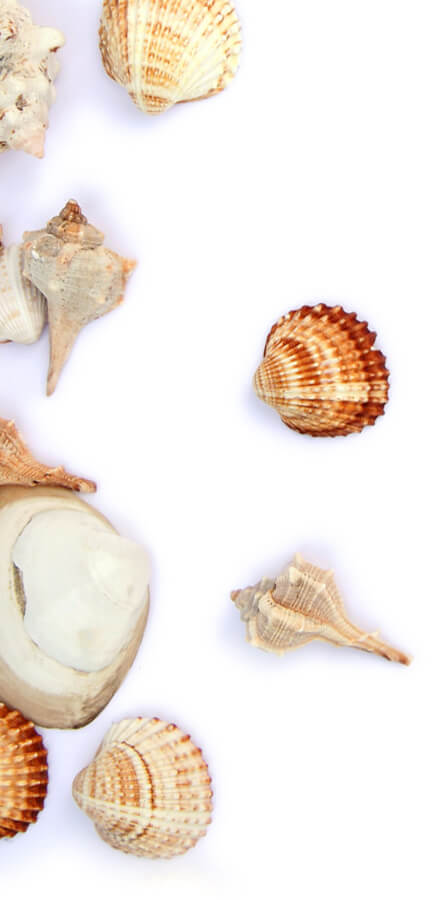Summer Break: An ideal time for wisdom teeth removal
June 6th, 2018

After your son or daughter departs for college, the last thing you want to get is a call or text to learn he or she is in pain. Dr. Mark Goedecke and our team at Goedecke Family Dentistry will tell you there aren’t many emergency situations that can be avoided when it comes to dental health, but one crisis that can easily be prevented before your teen heads hundreds of miles away for college is wisdom tooth extraction.
What are wisdom teeth?
Wisdom teeth are the third set of molars that erupt in the late teen years to early 20s. Spacing and crowding problems often cause impaction and infections, which is why many people elect to have their wisdom teeth removed. Wisdom teeth can go from barely noticeable to extremely painful in a very short period of time.
When your teen’s wisdom teeth erupt, they may cause overcrowding of his or her teeth, which can have a negative effect on their alignment. Most people’s mouths do not have enough room for wisdom teeth to erupt fully and remain perfectly aligned. Thus, pain, swelling, infection, damage to adjacent teeth, and decay are often the most common problems associated with wisdom teeth. These problems can brew beneath the surface for weeks or months, offering no warning before painful symptoms hit.
If your child does elect to go through wisdom tooth extraction, we want to inform you that the first few days of recovery consist of careful measures to control bleeding and swelling, an adherence to a special soft diet, as well as a medication routine that must be followed as recommended by Dr. Mark Goedecke after surgery.
Dr. Mark Goedecke and our team are dedicated to providing exceptional service before, during, and after your wisdom tooth procedure, so you can have peace of mind knowing that your child’s oral health is in good hands. We will do everything we can to minimize discomfort and help your child heal safely and quickly.
Summer break is the perfect time to remove wisdom teeth so that your child can avoid the stressful scenario of experiencing this medical emergency far away from home. If you have any questions on wisdom teeth removal or to schedule an initial consultation with Dr. Mark Goedecke, give us a call today!






